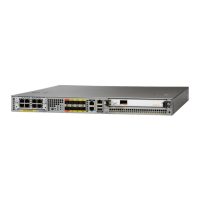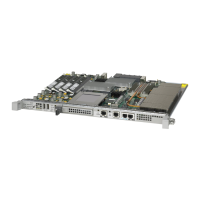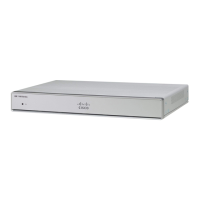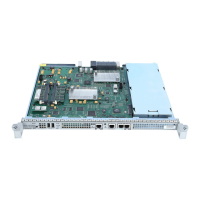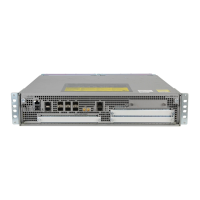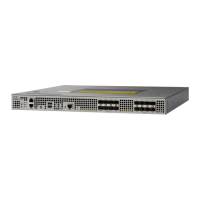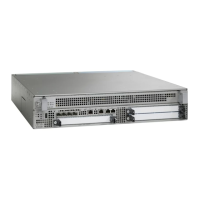18-10
Cisco 10000 Series Router Quality of Service Configuration Guide
OL-7433-09
Chapter 18 Regulating and Shaping Subscriber Traffic
Subscriber-Based IP Quality of Service
Note Do not apply service policies with Class-Based Weighted Fair Queuing (CBWFQ) actions to a virtual
access interface (VAI) using a virtual template. The Cisco
10000 series router supports queuing only
when you apply the service policy to a VC. For RBE sessions, apply the service policy to the ATM VC
or subinterface.
Configuring per User Multiservice Rate Limiting
To configure per user multiservice rate limiting for PPPoA and PPPoE sessions, enter the following
commands beginning in global configuration mode:
Step 6
Router(config-pmap)# police parameters
Specifies the actions to be taken.
parameters defines the way in which you want the traffic class to
be policed (see
Chapter 6, “Policing Traffic”).
Step 7
Router(config)# interface
virtual-template number
Creates and configures the virtual template interface you specify.
Enters interface configuration mode.
number identifies the virtual template.
Step 8
Router(config-if)# service-policy {input
| output} policy-map-name
Attaches the policy map to the virtual template interface. All VAIs
using the virtual template interface inherit the IP QoS parameters
defined in the policy map.
policy-map-name is the name of the policy map you want to apply
to the virtual template.
Command Purpose
Command Purpose
Step 1
Router(config)# access-list
access-list-number {permit | deny}
protocol [source-address]
[destination-address] port
Creates an access control list (ACL) to filter user traffic.
Note Create an ACL for each user behind a multiservice
subscriber.
Step 2
Router(config)# class-map class-map-name
Creates a class map to classify user traffic. Enters class-map
configuration mode.
class-map-name is the name of the class map.
Step 3
Router(config-cmap)# match access-group
access-list-number
Defines the classification criteria for the class map. In this case,
the filtering criteria you defined in the ACL is used to classify the
user traffic.
access-list-number identifies the access control list.
Step 4
Router(config-cmap)# exit
Exits class-map configuration mode.
Step 5
Router(config)# policy-map
policy-map-name
Creates a policy map with the name you specify and enters
policy-map configuration mode.
Step 6
Router(config-pmap)# class class-map-name
Specifies the traffic class to which the policy map applies.
class-map-name is the name of a previously configured class
map. This is the name of the class map you specified in Step 2.

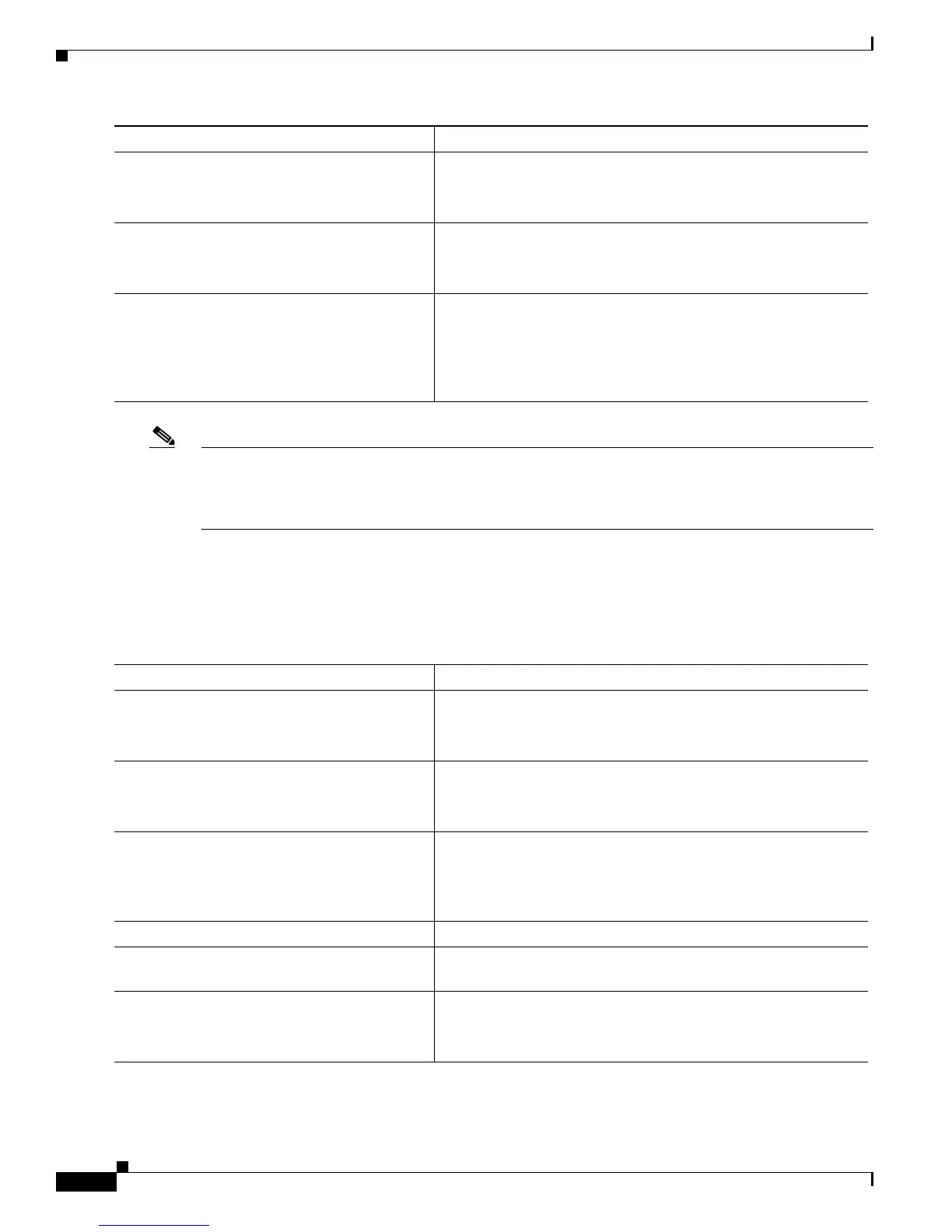